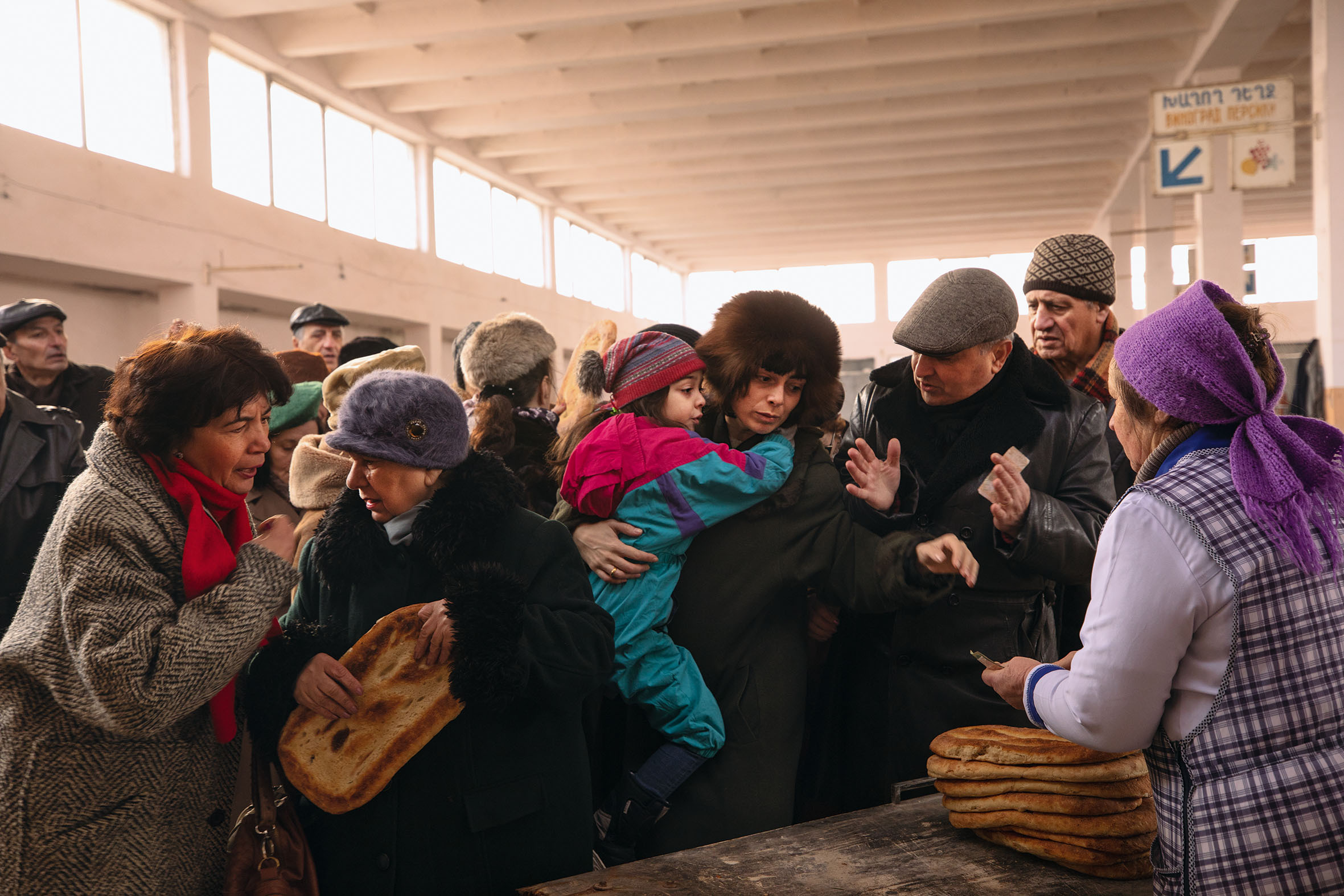
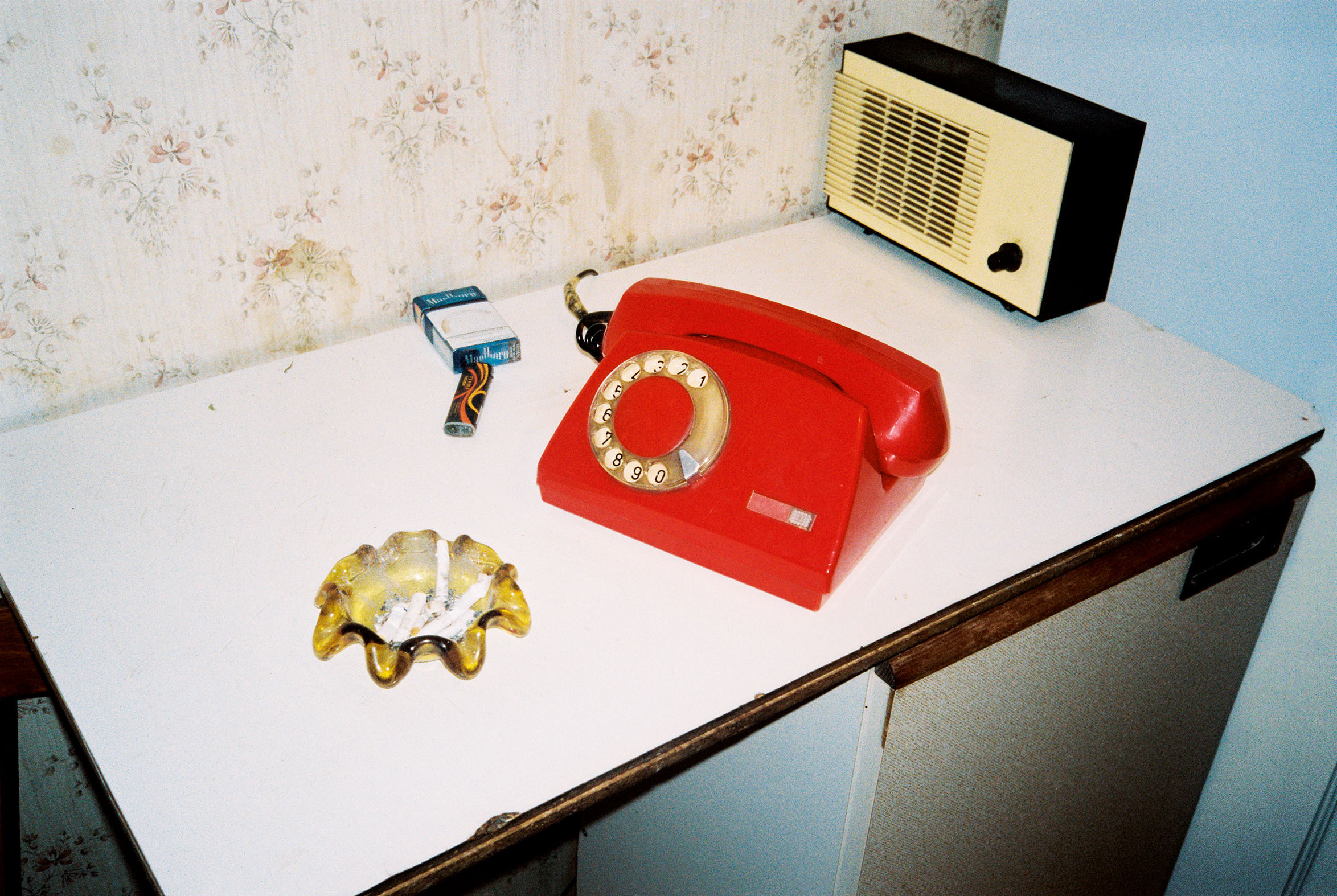

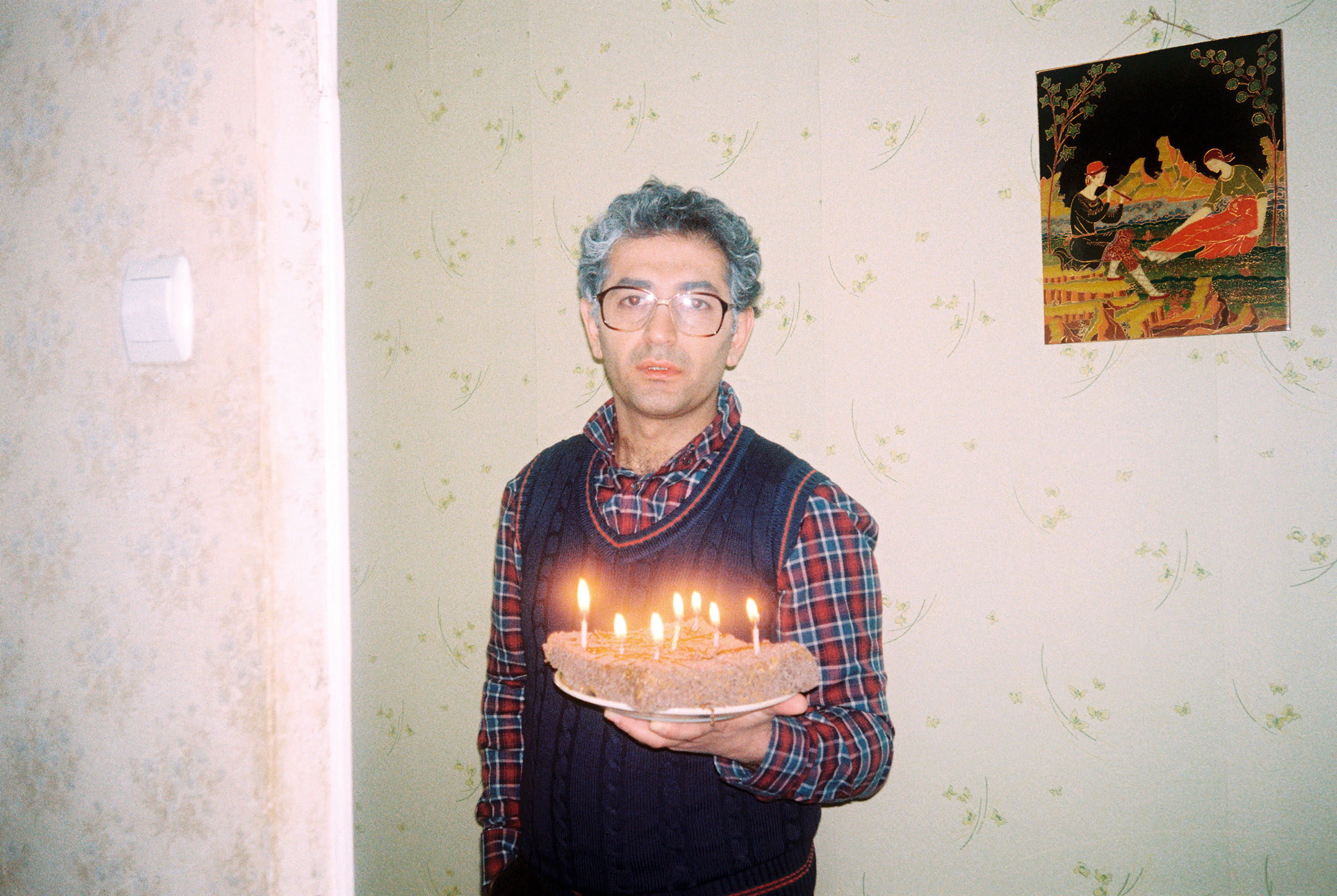
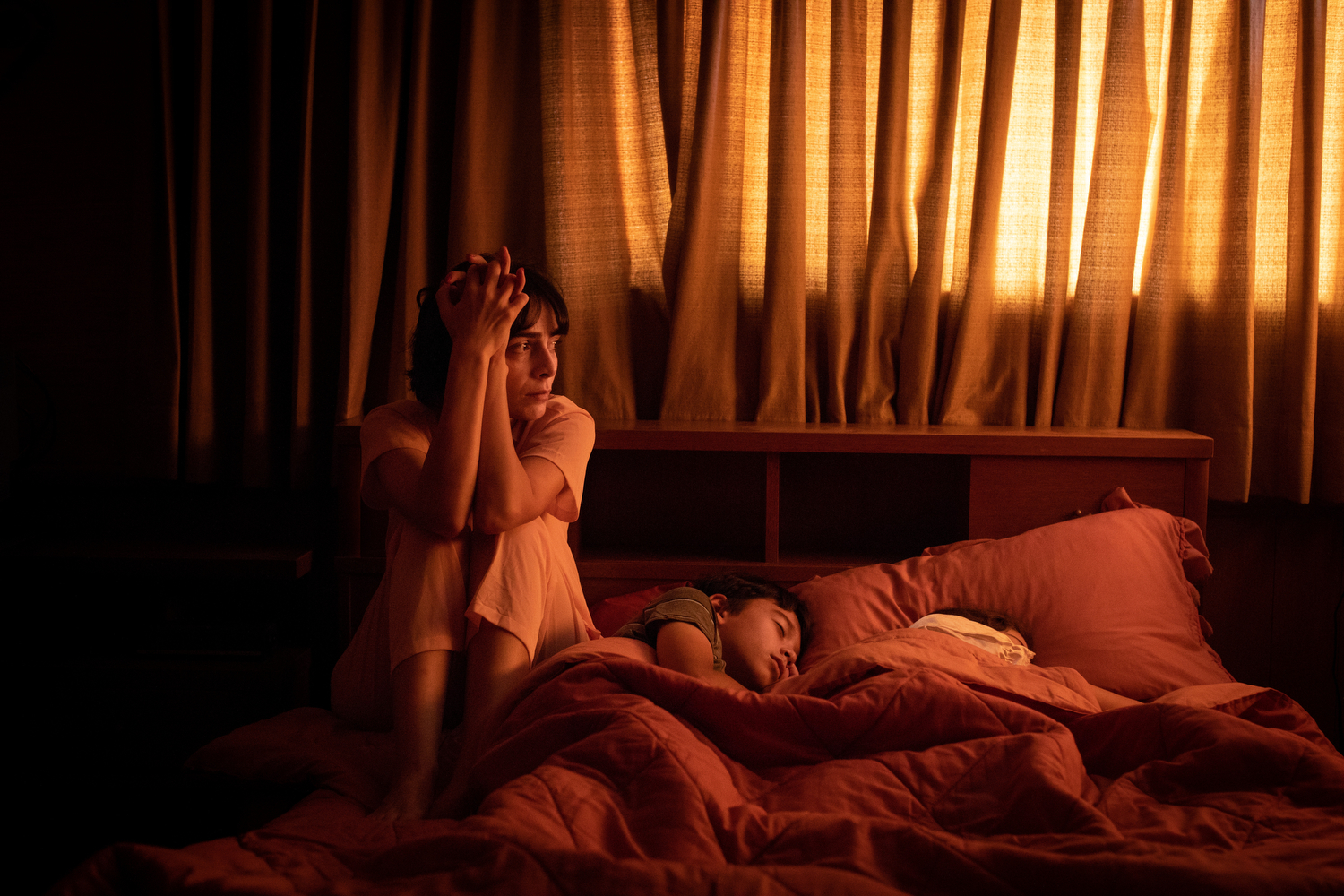
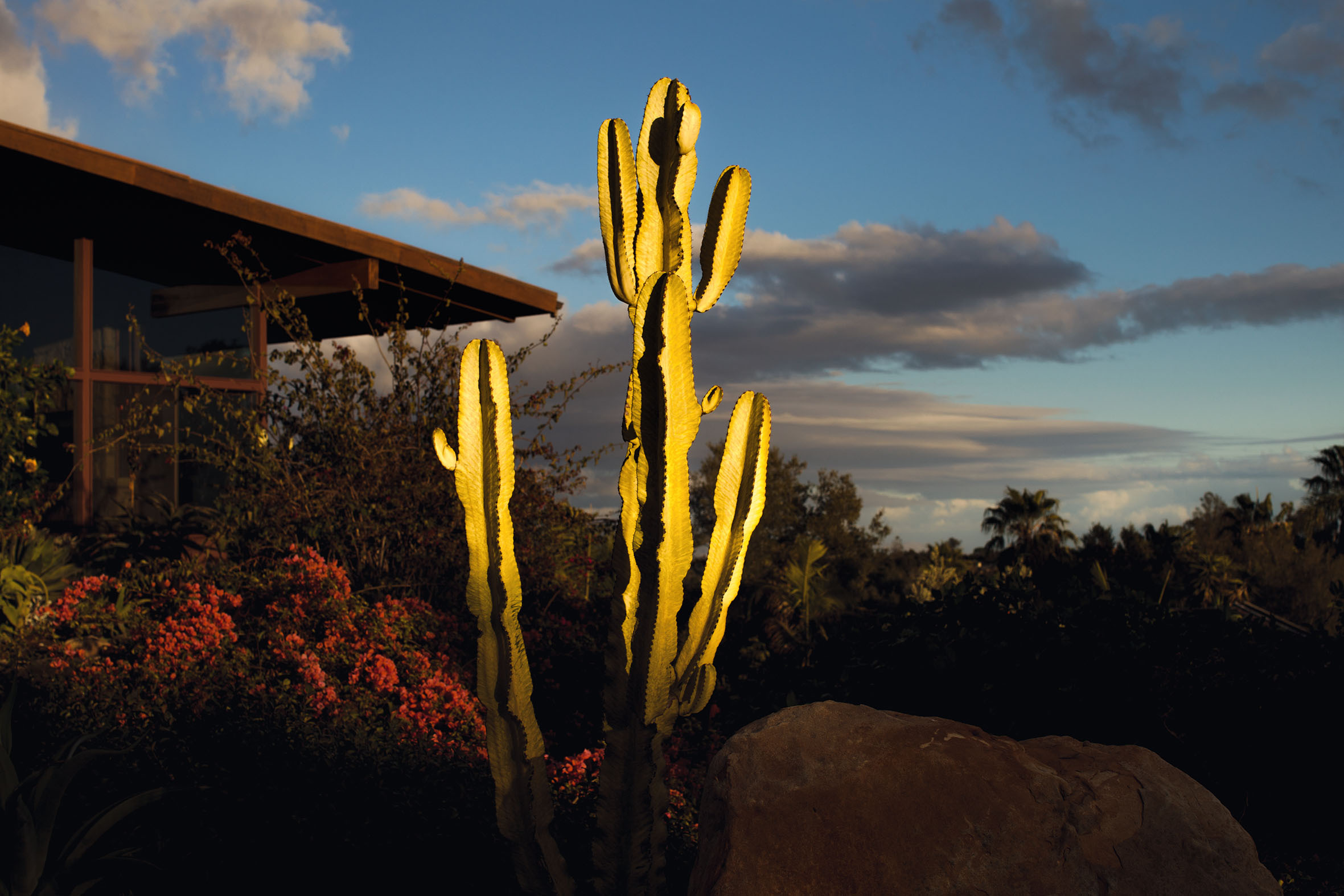
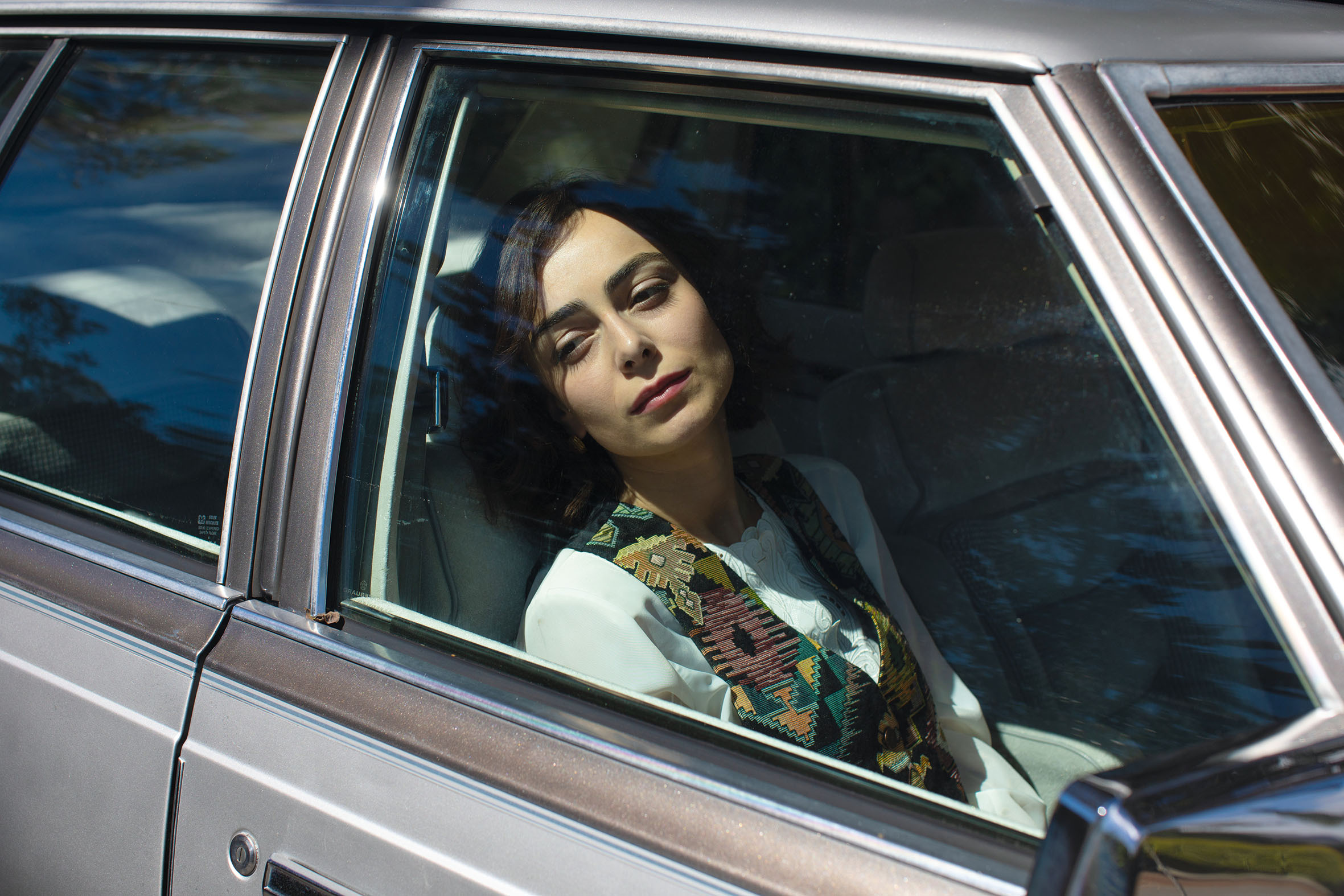



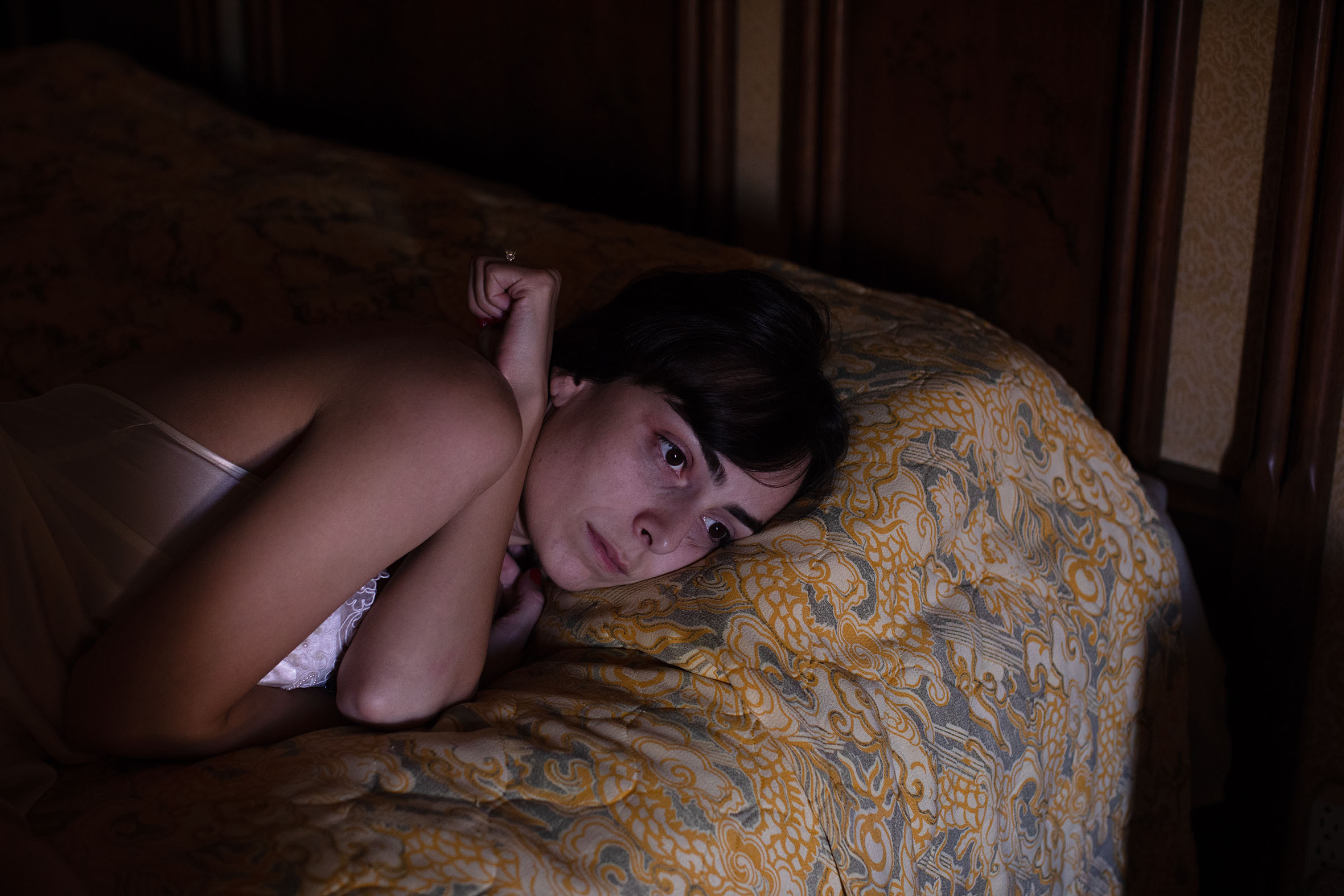
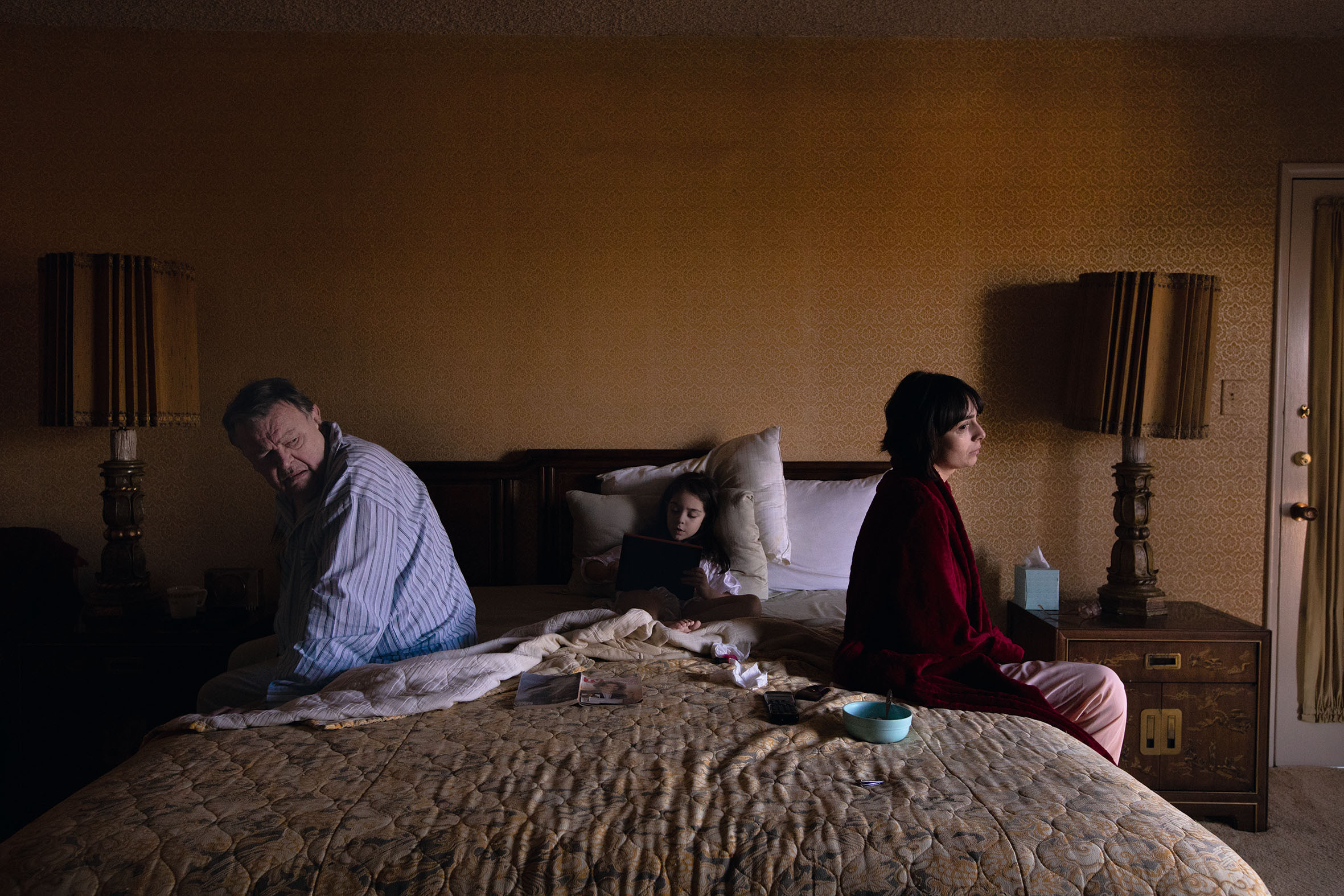
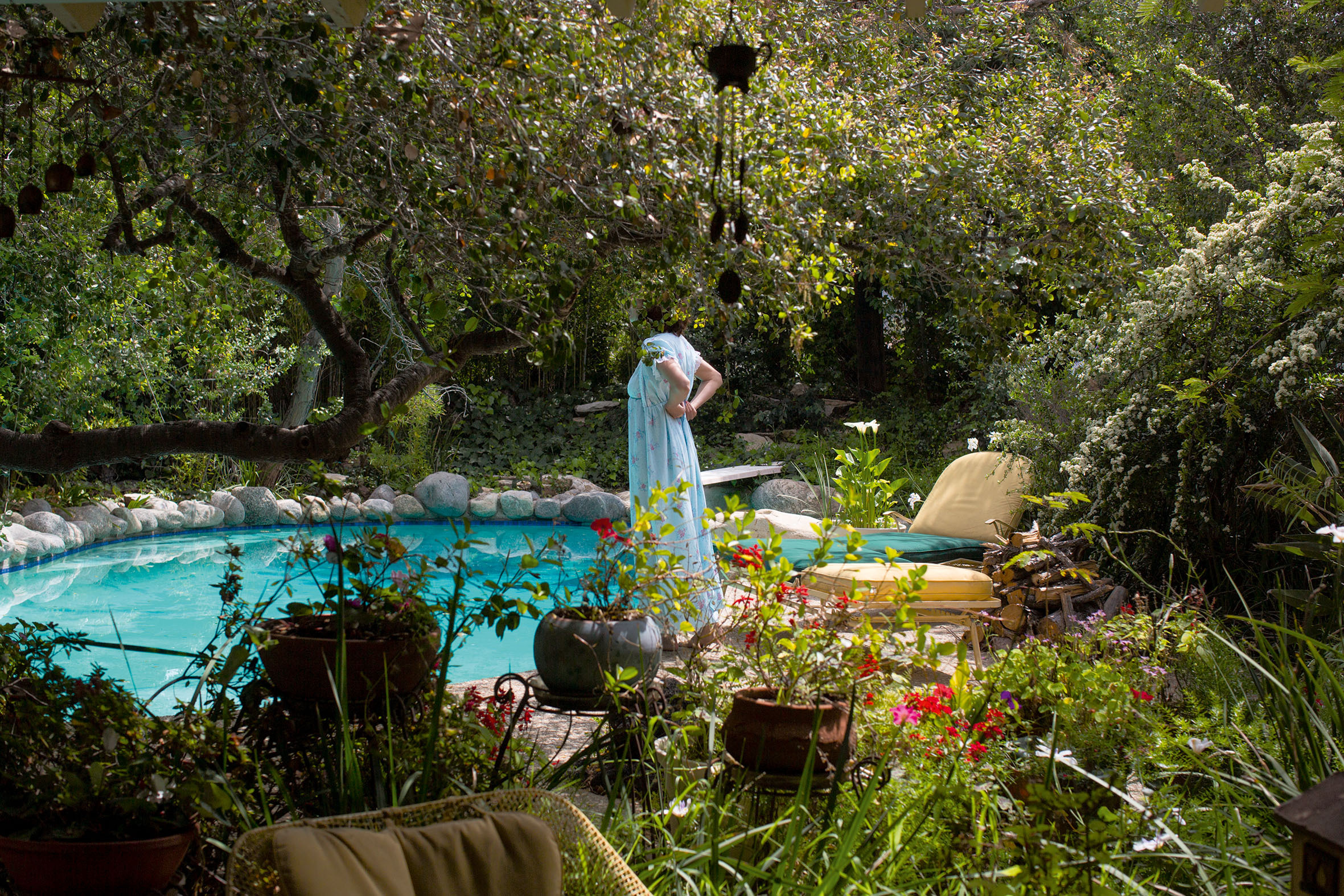
Linda Zhengová
GUP #067 - PERFORMANCE
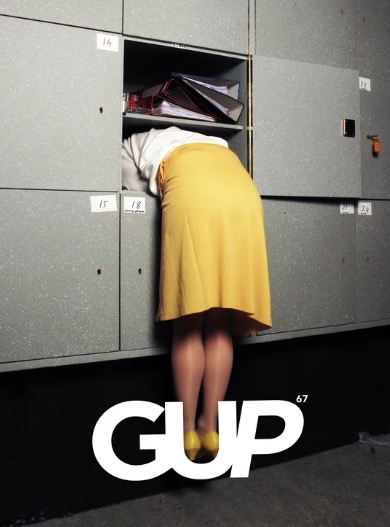
One night, Svetlana woke Diana and her brother to tell them to pack their suitcases; they were going on an adventure. Little did the two children know that their mother had placed an ad in an American newspaper, hoping to find a better life for them all. Together as a family, they had spent nights watching the American soap opera, Santa Barbara, and suddenly they found themselves there.
In her newly released book, Santa Barbara (published by Aperture) Markosian creates a dramatic reconstruction of her family’s migration to the USA. Stretching the boundaries of documentary and drawing on her family history, the artist casts a set of actors to play her family, combining film, photography and archive to document her mother’s extraordinary journey.
In 1990s Russia, the economic and societal collapse that followed the fall of the Soviet Union forced middle-class families into poverty, seemingly overnight, leaving a country and its people uncertain of what tomorrow would bring. Svetlana, a Ph.D.-bearing economist – and also the mother of Diana Markosian – was no exception to such an exodus.
Incorporating stills from ‘Santa Barbara’ (the 1990s US television serial) mixed with her personal archive, as well as re-enactments by actors from a short film that she produced especially for the occasion, Markosian shares her biography in the format of an artistic production that is, itself, reminiscent of a soap opera. “My initial thought was to create a book, but as I learned more of my family story, I realised this needed to be a film too. It was so layered, so nuanced, it couldn’t just exist as still images, I had to press ‘record’.”
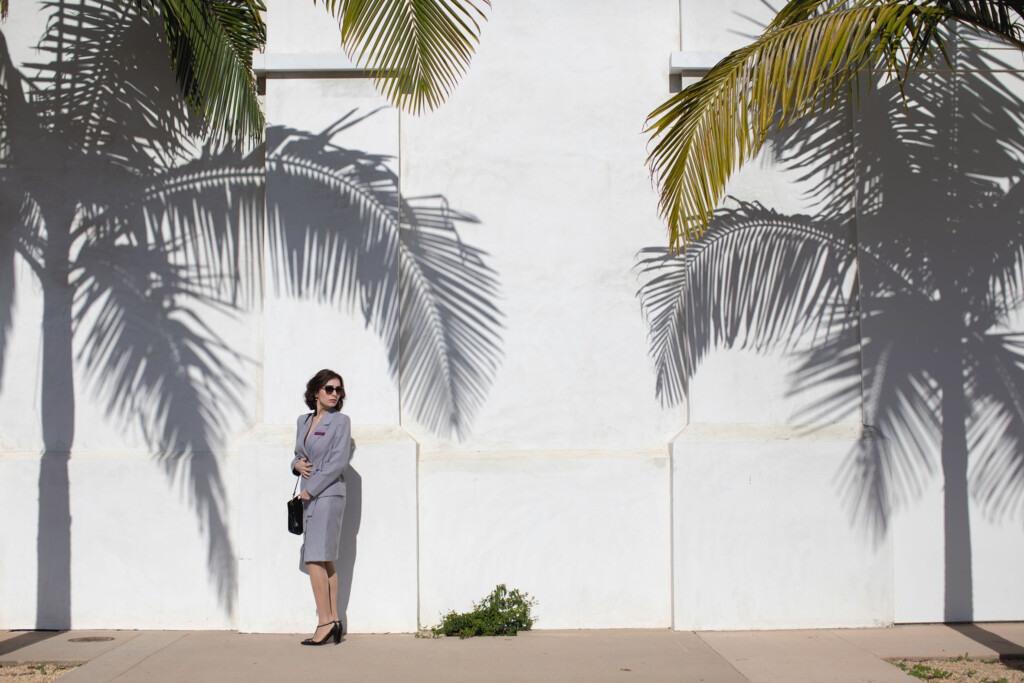
“(…) It was no longer a concept; it was my life.”
About the stills included in the book she says: “These portraits humanise the subjects of national stereotypes precisely because they illustrate the stark personal and national circumstances that can lead to the desperate and courageous decisions taken by women like Svetlana. In the end, this multi-layered project is my creative attempt to understand Svetlana’s motivation to risk everything at a crucial moment in her life.”
Diana travelled to both her childhood homes to reimagine the journey from Russia to the United States. “I never planned on returning to both locations,” she says, “but the deeper I immersed myself in the project, the more it became clear that I had to. Shooting on location changed the photographs. They became real. It was no longer a concept; it was my life.”
How did you find a balance between staged re-enactments of your past and reality?
I don’t see these images as being staged. It took a year and a half to find the right actors to play my family. I auditioned 384 women to play my mother. That process helped me realize what it was that I was looking for in an actress. I needed to trust that she could understand my mother, her depth, and the ultimate sacrifice she made. There were moments when I would ask Ana Imnadze, the artist playing Svetlana, to behave in a certain way or dress in a certain way, and she would disagree with me. “Svetlana would never do this,” she said. Ana had studied my mother’s images, character, mannerisms so meticulously – to the point that she embodied Svetlana and understood her better than me.
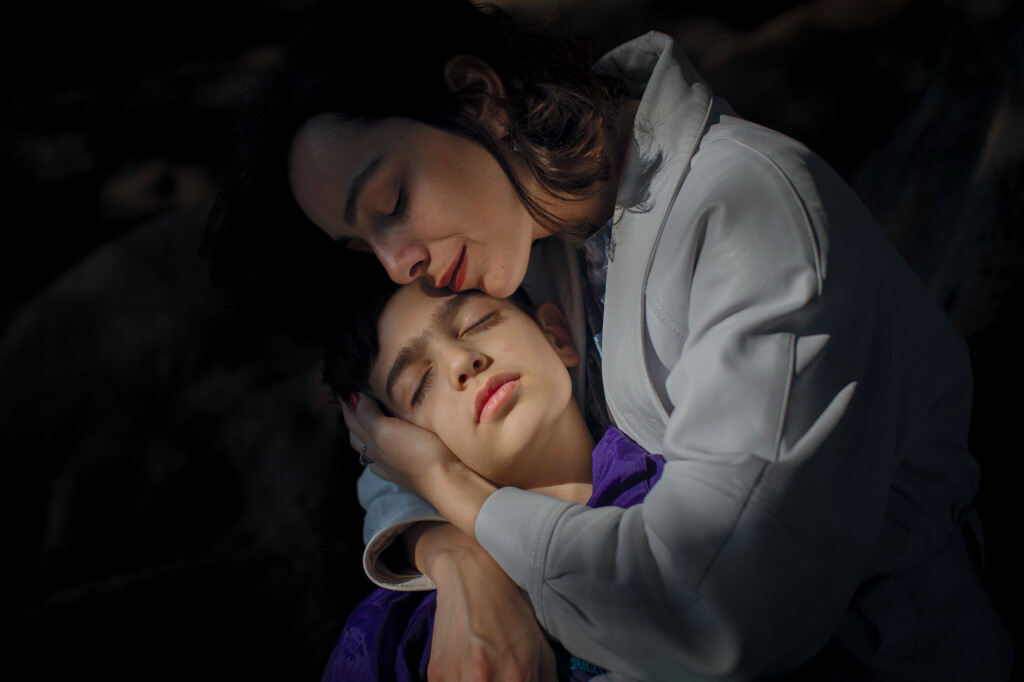
“(…) I don’t see these images as being staged.”
The photographs included in Santa Barbara look like authentic images from the 1990s. What photography technique did you use for these effects?
A lot had to do with location and production design. I worked with Freyja Bardell [a production designer] in Los Angeles to create sets that identified with my childhood experiences. Part of the challenge was designing the past. We referenced old images, re-creating the arrival hall of LAX [Los Angeles airport] and the Moscow apartment. The wardrobe was another key part of the process.
Costume designer Callan Stokes worked with me to really capture the essence of the 1990s. Shoulder pads, neon socks, baggy jeans, but also the elegance that my mother represented. In terms of a camera, I used my mom’s 1996 Olympus throughout the book as it gave a ’90s aesthetic, and also a Polaroid camera from the 1980s. Parts of the film were recorded on a mini DV camera, shot in a way to re-enact home movies.
In addition to a dialogue between your mother and the actress who played her in your film, the book also includes a script that illuminates your family story (written in collaboration with Lynda Myles, the scriptwriter of the original TV show Santa Barbara). Why did you decide to include these texts in the book?
The collaboration with Lynda allowed me to process my mother’s story. It was the foundation of the project. I graduated in Journalism, and text has always been an important part of creating an image for me. Given the layers of this book, I think it allowed someone to follow everything a bit more carefully, understanding some of the details and nuances of the story.
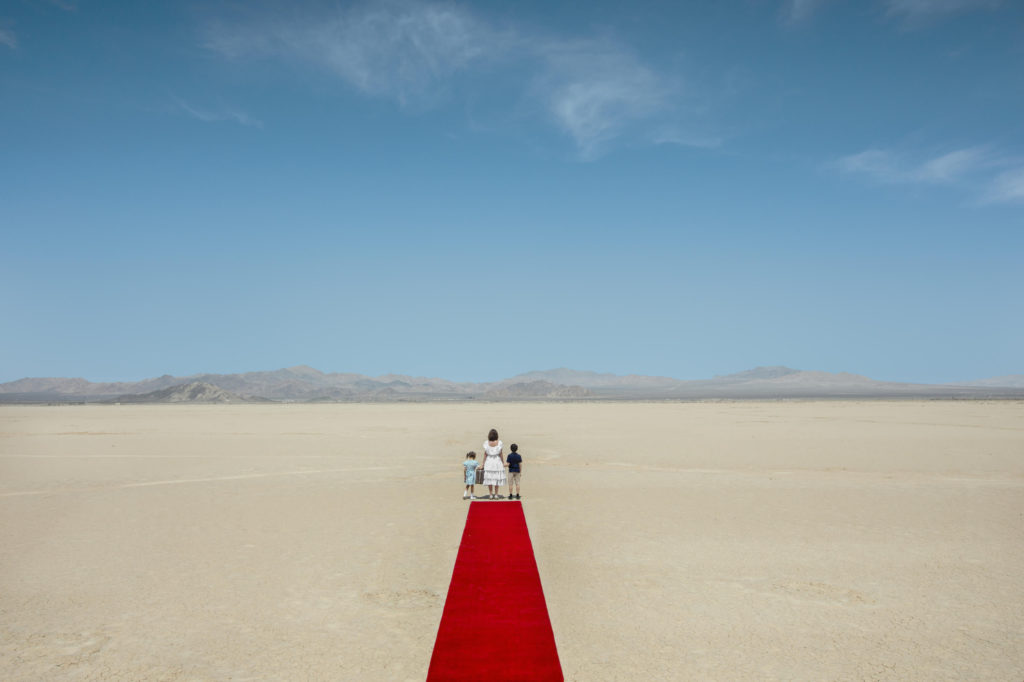
“(…) She moved heaven and earth for a second chance.”
After creating this project, have you found an understanding of your mother’s decisions made back in the 1990s?
My mom and I worked closely together to make this work. She was a collaborator throughout the project. I think I’ve come to respect her decisions and appreciate the courage behind them. She moved heaven and earth for a second chance, and I think that’s been my biggest realization as her daughter.
Santa Barbara consists of a short film, a photography series, a book (published by Aperture) and an exhibition to be shown at SFMOMA (San Francisco Museum of Modern Art) in February 2021 and ICP (International Center of Photography), New York in September 2021.
This interview was published in the print issue GUP #67 (PERFORMANCE) which is available here.